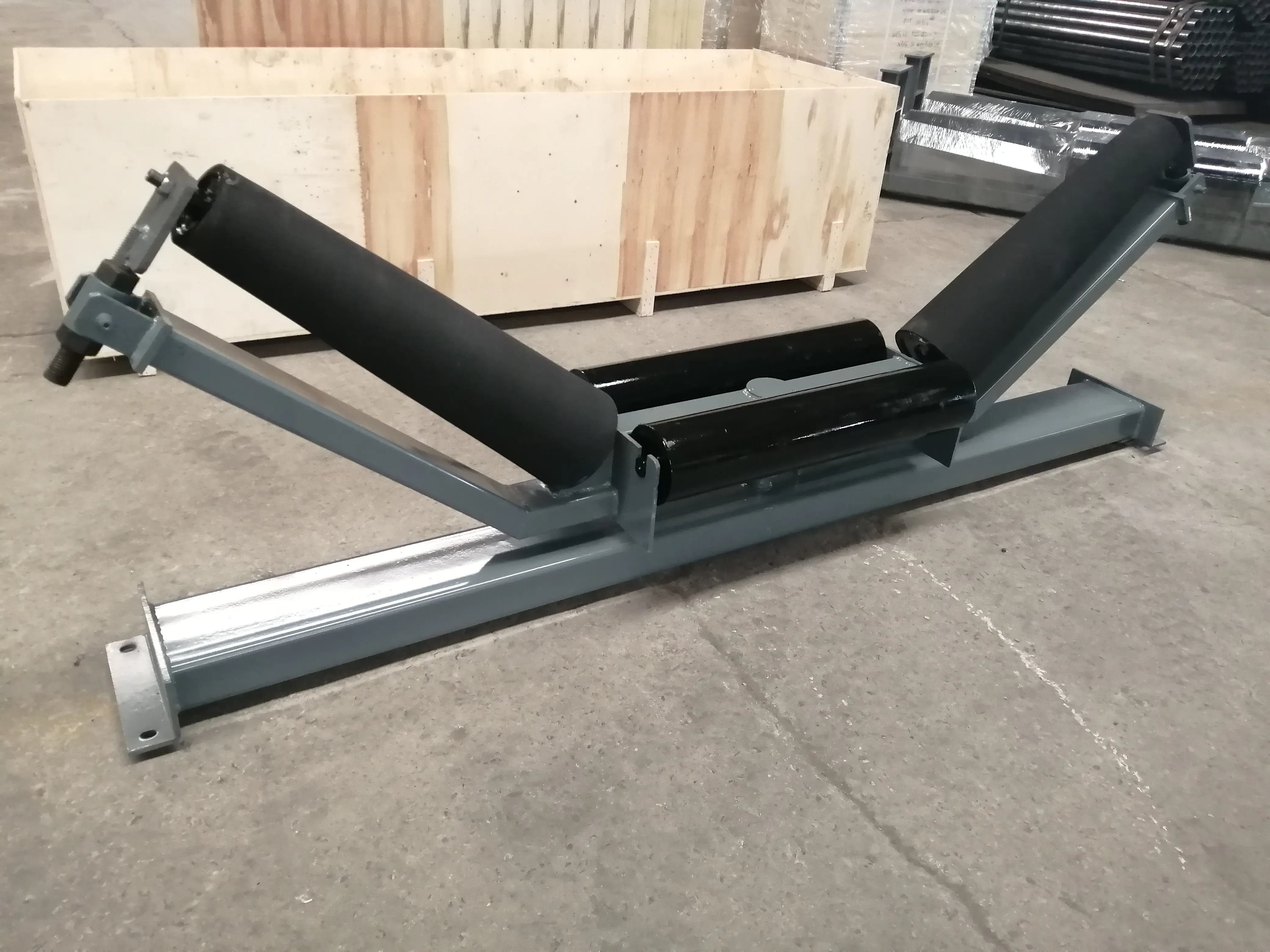 Afrikaans
Afrikaans  Albanian
Albanian  Amharic
Amharic  Arabic
Arabic  Armenian
Armenian  Azerbaijani
Azerbaijani  Basque
Basque  Belarusian
Belarusian  Bengali
Bengali  Bosnian
Bosnian  Bulgarian
Bulgarian  Catalan
Catalan  Cebuano
Cebuano  Corsican
Corsican  Croatian
Croatian  Czech
Czech  Danish
Danish  Dutch
Dutch  English
English  Esperanto
Esperanto  Estonian
Estonian  Finnish
Finnish  French
French  Frisian
Frisian  Galician
Galician  Georgian
Georgian  German
German  Greek
Greek  Gujarati
Gujarati  Haitian Creole
Haitian Creole  hausa
hausa  hawaiian
hawaiian  Hebrew
Hebrew  Hindi
Hindi  Miao
Miao  Hungarian
Hungarian  Icelandic
Icelandic  igbo
igbo  Indonesian
Indonesian  irish
irish  Italian
Italian  Japanese
Japanese  Javanese
Javanese  Kannada
Kannada  kazakh
kazakh  Khmer
Khmer  Rwandese
Rwandese  Korean
Korean  Kurdish
Kurdish  Kyrgyz
Kyrgyz  Lao
Lao  Latin
Latin  Latvian
Latvian  Lithuanian
Lithuanian  Luxembourgish
Luxembourgish  Macedonian
Macedonian  Malgashi
Malgashi  Malay
Malay  Malayalam
Malayalam  Maltese
Maltese  Maori
Maori  Marathi
Marathi  Mongolian
Mongolian  Myanmar
Myanmar  Nepali
Nepali  Norwegian
Norwegian  Norwegian
Norwegian  Occitan
Occitan  Pashto
Pashto  Persian
Persian  Polish
Polish  Portuguese
Portuguese  Punjabi
Punjabi  Romanian
Romanian  Russian
Russian  Samoan
Samoan  Scottish Gaelic
Scottish Gaelic  Serbian
Serbian  Sesotho
Sesotho  Shona
Shona  Sindhi
Sindhi  Sinhala
Sinhala  Slovak
Slovak  Slovenian
Slovenian  Somali
Somali  Spanish
Spanish  Sundanese
Sundanese  Swahili
Swahili  Swedish
Swedish  Tagalog
Tagalog  Tajik
Tajik  Tamil
Tamil  Tatar
Tatar  Telugu
Telugu  Thai
Thai  Turkish
Turkish  Turkmen
Turkmen  Ukrainian
Ukrainian  Urdu
Urdu  Uighur
Uighur  Uzbek
Uzbek  Vietnamese
Vietnamese  Welsh
Welsh  Bantu
Bantu  Yiddish
Yiddish  Yoruba
Yoruba  Zulu
Zulu conveyor troughing idlers
Understanding Conveyor Troughing Idlers Essential Components for Efficient Material Handling
In the world of material handling, conveyor systems play a critical role in the transportation of goods across various industries. A pivotal component of these systems is the conveyor troughing idlers, which are designed to support and guide the conveyor belts effectively. This article delves into the significance of troughing idlers, their design, functionality, and the advantages they offer in diverse applications.
What are Conveyor Troughing Idlers?
Conveyor troughing idlers are sets of rollers that support the conveyor belt while it carries materials from one point to another. They are typically positioned at intervals along the conveyor’s length and are designed to hold the belt in a trough-like shape. This configuration helps to contain the material being transported, preventing spillage and enhancing operational efficiency. The idlers can be found in various arrangements such as 20-degree, 35-degree, or even 45-degree, depending on the requirements of the conveyor system.
Design and Types
The design of troughing idlers is crucial for their performance. They are usually made from robust materials, such as steel or high-strength plastic, to withstand the wear and tear of heavy use in demanding environments. There are different types of troughing idlers based on their arrangement and application, and these can include
1. Standard Troughing Idlers These feature a three-roll system arranged in a V-shape, providing effective support for the conveyor belt and enabling it to carry a variety of materials.
3. Training Idlers These help in aligning the conveyor belt, preventing it from mis-tracking and ensuring smooth operation.
conveyor troughing idlers

The choice of idler type depends on several factors, including the type of material being transported, the conveyor's operational speed, and environmental conditions.
Functionality and Benefits
The primary function of troughing idlers is to provide support to the conveyor belt throughout its entire length. By maintaining the correct belt tension and alignment, they help in minimizing friction and energy consumption, which is vital for the overall efficiency of the conveyor system. Some of the significant benefits of utilizing conveyor troughing idlers include
- Enhanced Material Containment The trough shape created by the idlers keeps materials securely on the belt, reducing the chance of spillage. This is especially important when transporting finer materials that are prone to escaping.
- Lower Maintenance Costs Using quality idlers designed to withstand harsh conditions can greatly reduce the frequency of maintenance required, leading to lower operational costs over time.
- Increased System Longevity Properly supported and aligned belts tend to have a longer life expectancy, maximizing the return on investment for the conveyor system.
- Improved Efficiency A well-functioning idler system allows for smoother operation, which translates to higher throughput and productivity in material handling processes.
Conclusion
In conclusion, conveyor troughing idlers are indispensable components of modern conveyor systems. Their role in supporting and guiding conveyor belts ensures efficient material handling across various industries. With a variety of designs tailored to different applications, troughing idlers help minimize operational costs, enhance equipment longevity, and improve overall system efficiency. As industries continue to evolve, the importance of these components remains paramount in achieving seamless and effective material transportation.
-
Revolutionizing Conveyor Reliability with Advanced Rubber Lagging PulleysNewsJul.22,2025
-
Powering Precision and Durability with Expert Manufacturers of Conveyor ComponentsNewsJul.22,2025
-
Optimizing Conveyor Systems with Advanced Conveyor AccessoriesNewsJul.22,2025
-
Maximize Conveyor Efficiency with Quality Conveyor Idler PulleysNewsJul.22,2025
-
Future-Proof Your Conveyor System with High-Performance Polyurethane RollerNewsJul.22,2025
-
Driving Efficiency Forward with Quality Idlers and RollersNewsJul.22,2025





























